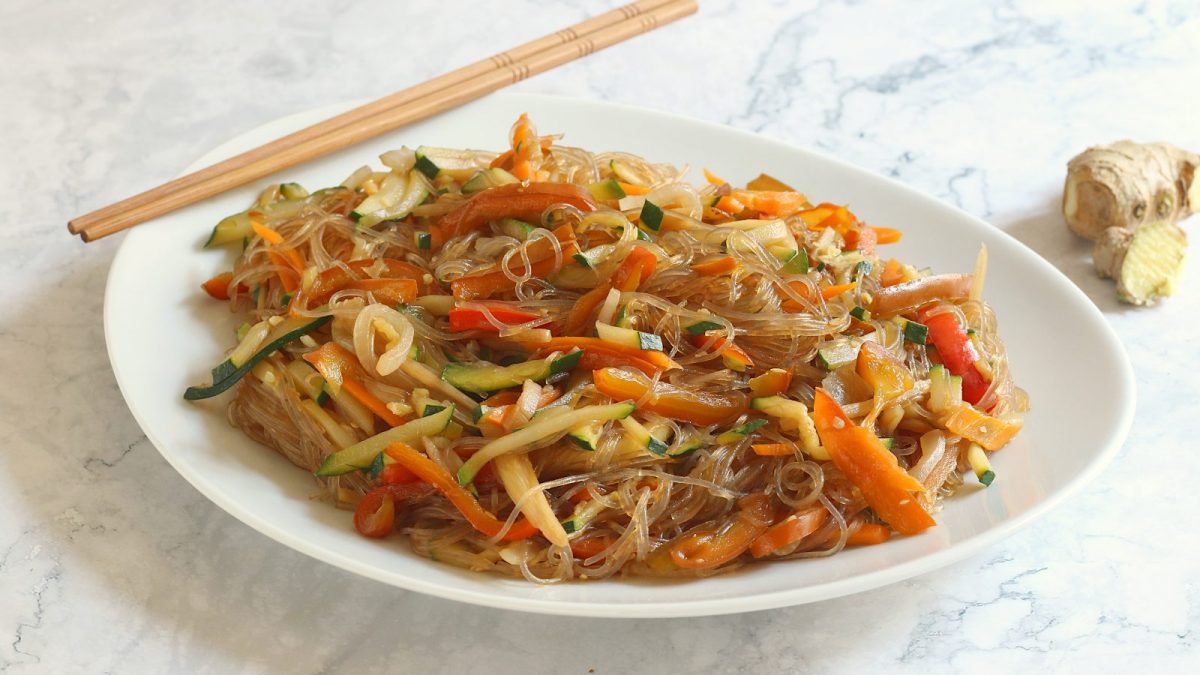
Soy Spaghetti is a great classic of oriental cuisine, especially Chinese cuisine. Before the Song Dynasty (960-1279) encouraged the cultivation of wheat, pasta was made with legume or other cereal flours, or with starches obtained from various roots or bulbs. Soy spaghetti is very thin and after cooking it takes on an elastic and translucent appearance, increasing its volume greatly due to the presence of starch in its composition, a characteristic that also makes it a filling food. Delicate and with a neutral taste, it goes well with many different ingredients, such as chicken and prawns: we offer it in a vegetarian version , enriched with pan-fried vegetables, sprouts and then blended with the inevitable soy sauce.
Soy spaghetti is a tasty alternative to pasta and rice: gluten and lactose free, they are very easy to prepare and truly suitable for everyone. In addition, a low glycemic index makes them ideal for diabetics. You can prepare them for a fusion-themed dinner with friends, having fun serving them with classic chopsticks.
What Are Vegetable Stir Fry Soy Spaghetti?
Soy spaghetti with stir-fried vegetables is a modern adaptation of traditional Asian noodle dishes, combining the ancient practice of stir-frying with contemporary dietary preferences. Stir-frying, a technique originating in China during the Han Dynasty (206 BC – 220 AD), involves cooking ingredients quickly over high heat in a wok, preserving their texture and flavor. Noodles have been a staple in Asian cuisine for centuries, with various forms like China's chow mein and Korea's japchae showcasing the versatility of stir-fried noodle dishes.
The introduction of these culinary traditions to the United States began with Chinese immigrants in the 19th century, who brought their cooking techniques and adapted them to available ingredients, leading to the development of American-Chinese cuisine. Over time, the popularity of stir-fried noodle dishes grew, especially as they aligned with American preferences for quick, flavorful meals. The rise of health-conscious eating and plant-based diets in recent decades further propelled the popularity of dishes like soy spaghetti with stir-fried vegetables, offering a nutritious and satisfying alternative to traditional pasta dishes.
Pro Tips for The Best Vegetable Stir Fry Soy Noodles
- Soy noodles cook quickly—usually in a few minutes. Follow package instructions and avoid overcooking to keep them pleasantly firm (al dente). Rinse with cold water to stop cooking and prevent sticking.
- Stir-frying happens fast, so chop all vegetables and have sauces measured and ready before turning on the heat.
- A wok distributes heat evenly and helps achieve the classic seared texture. If unavailable, use the largest, widest pan you have to prevent overcrowding.
- Stir-frying relies on high heat to lock in flavors and keep veggies crisp. Preheat your pan thoroughly before adding oil.
- Cook vegetables in batches if needed. Overcrowding lowers the pan’s temperature, causing steaming instead of frying.
What Veggies Can I Put in This Recipe?
You can add a variety of vegetables to soy spaghetti stir-fry, such as broccoli, mushrooms, baby corn, zucchini, spinach, snow peas, or bean sprouts. These not only enhance flavor and texture but also boost the nutritional value of the dish.
Do You Stir Fry Vegetables or Noodles First?
For the best texture and flavor, stir-fry the vegetables first until they're crisp-tender, then add the cooked noodles at the end to warm through and absorb the sauce. This prevents the noodles from becoming mushy and keeps the vegetables vibrant and well-cooked.
What is The Secret of Stir Frying Vegetables?
The secret to stir-frying vegetables is high heat and quick cooking. Preheat your wok or pan thoroughly, use an oil with a high smoke point (like peanut or canola), and cut vegetables uniformly so they cook evenly. Stir constantly, add harder veggies first (like carrots or broccoli), and finish with tender ones (like bell peppers or spinach). This method locks in flavor, color, and crispness—hallmarks of perfect stir-fry.
What Other Noodles Can I Use For This Stir Fry?
For stir-fry dishes like this, you can swap soy spaghetti with a variety of noodles depending on your preference:
- Rice noodles – light and gluten-free, great for a chewy texture.
- Udon noodles – thick, soft Japanese noodles perfect for absorbing sauces.
- Soba noodles – made from buckwheat, slightly nutty and healthier.
- Egg noodles – rich and springy, often used in classic Chinese stir-fries.
- Glass noodles – translucent and made from mung beans or sweet potato starch, ideal for a lighter dish.
- Zucchini or veggie noodles – a low-carb, fresh option.
Can I Add Any Proteins?
Feel free to mix in tofu, shrimp, chicken, or mushrooms for added protein. Adjust spice levels to your taste with chili flakes or fresh ginger.
Can I Make Them Ahead of Time?
Yes, you can, but with a few tips for best results. Cook the noodles and veggies slightly underdone, then store them separately in airtight containers in the fridge for up to 2 days. When ready to eat, quickly reheat in a hot pan with a splash of sauce or water to revive texture and flavor. This prevents sogginess and keeps everything fresh-tasting.
Do They Freeze Well?
Stir-fried noodles can be frozen, but they may lose their ideal texture. Vegetables can become soft or watery, and noodles might turn mushy upon thawing.
How to Store Any Leftovers
To store leftovers of stir-fried noodles with vegetables, let them cool completely, then transfer to an airtight container and refrigerate for up to 2–3 days.
Reheat in a hot skillet or wok with a splash of water or sauce to refresh the texture. Avoid microwaving if possible, as it can make the noodles soggy.
Ingredients
How to Make Vegetable Stir Fry Soy Noodles
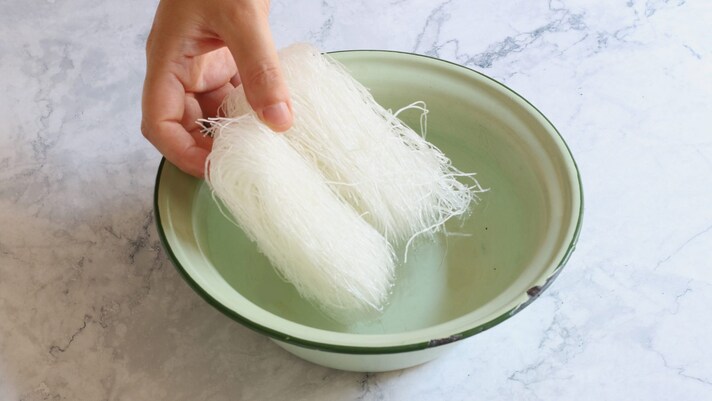
Collect the soy spaghetti in a bowl filled with water at room temperature and let them soften for 30 minutes.
Collect the soy spaghetti in a bowl filled with water at room temperature and let them soften for 30 minutes.
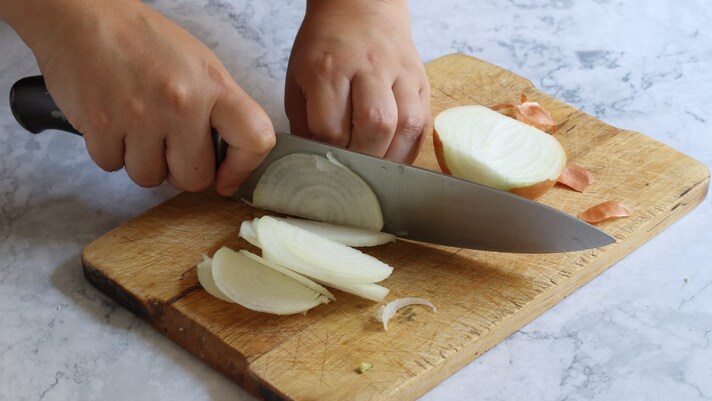
Peel the onion, cut it in half and slice it finely.
Peel the onion, cut it in half and slice it finely.
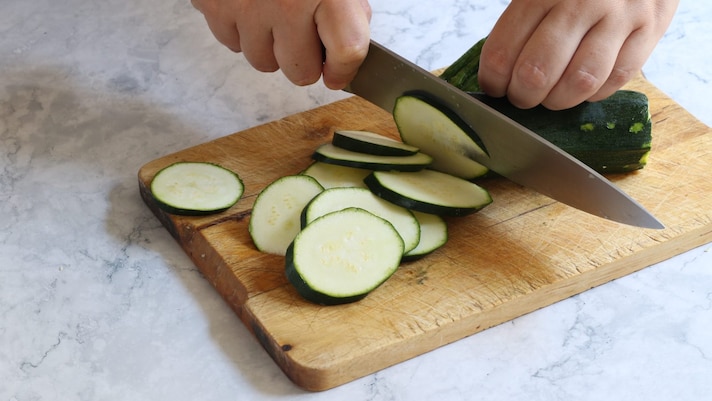
Slice the zucchini in the oriental way: cut them diagonally to obtain oval slices 3-4 mm thick.
Slice the zucchini in the oriental way: cut them diagonally to obtain oval slices 3-4 mm thick.
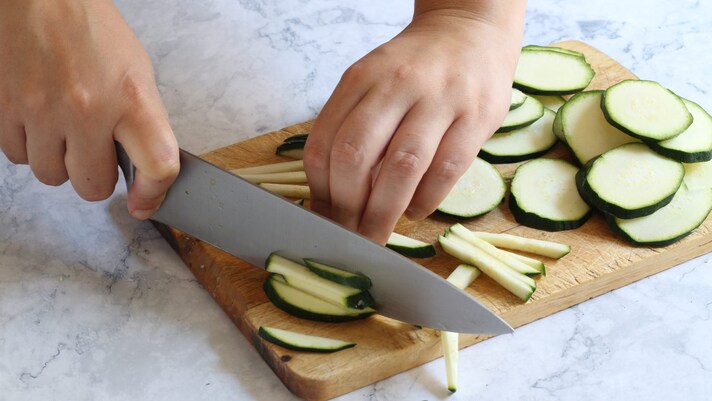
From the slices, obtain many sticks by cutting with a knife along their long side.
From the slices, obtain many sticks by cutting with a knife along their long side.
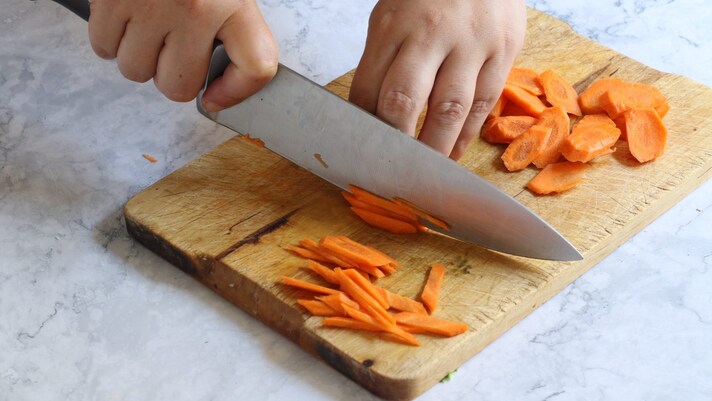
Clean the carrot and cut it in the same way.
Clean the carrot and cut it in the same way.
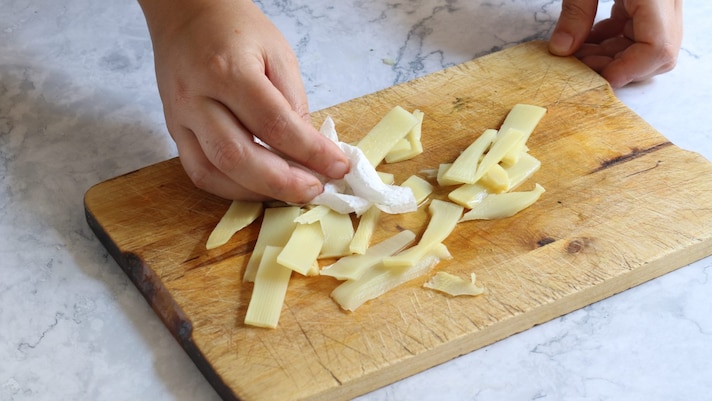
Drain a handful of bamboo shoots and pat them dry with kitchen paper.
Drain a handful of bamboo shoots and pat them dry with kitchen paper.
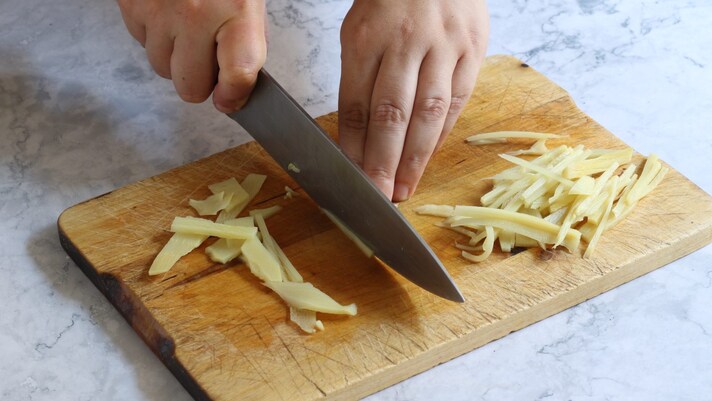
Slice these into sticks too.
Slice these into sticks too.
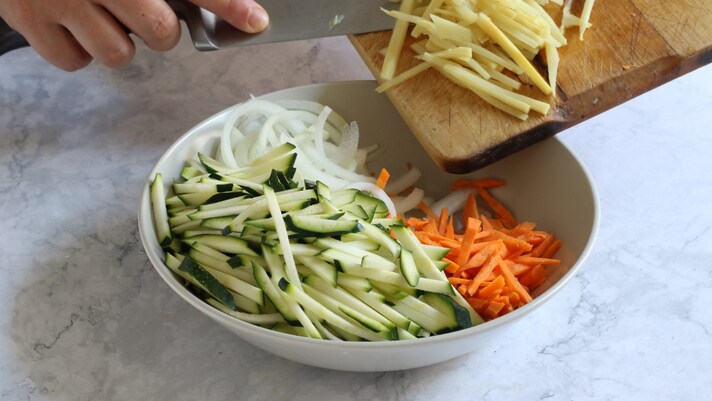
Collect the sprouts together with the onion, carrots and courgettes in a bowl, so set aside.
Collect the sprouts together with the onion, carrots and courgettes in a bowl, so set aside.
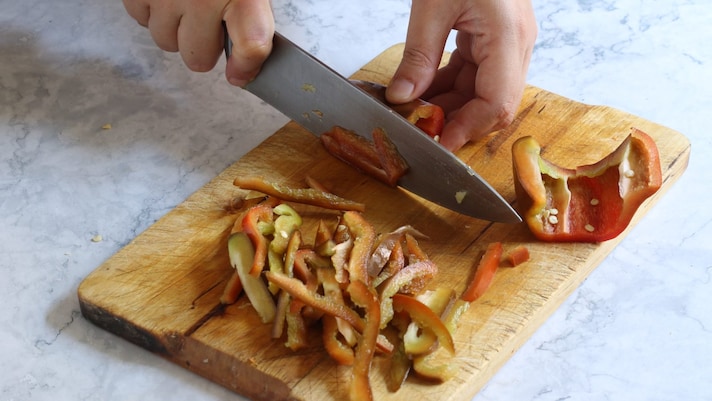
Wash the pepper, dry it and cut it in half. After cleaning it from seeds and filaments, cut it into sticks too.
Wash the pepper, dry it and cut it in half. After cleaning it from seeds and filaments, cut it into sticks too.
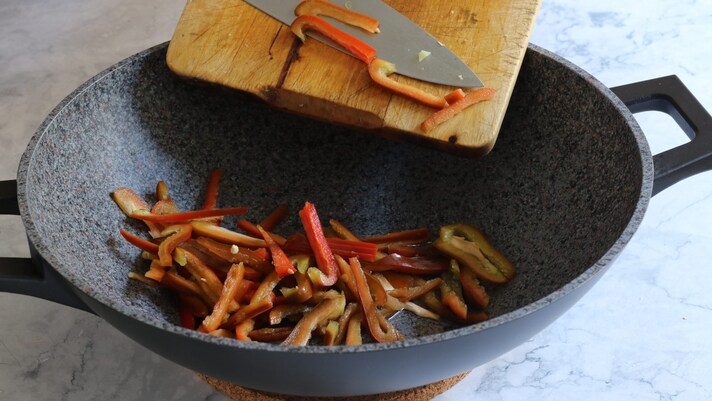
Heat a generous amount of seed oil in a wok over a high flame and sauté the peppers for a few seconds.
Heat a generous amount of seed oil in a wok over a high flame and sauté the peppers for a few seconds.
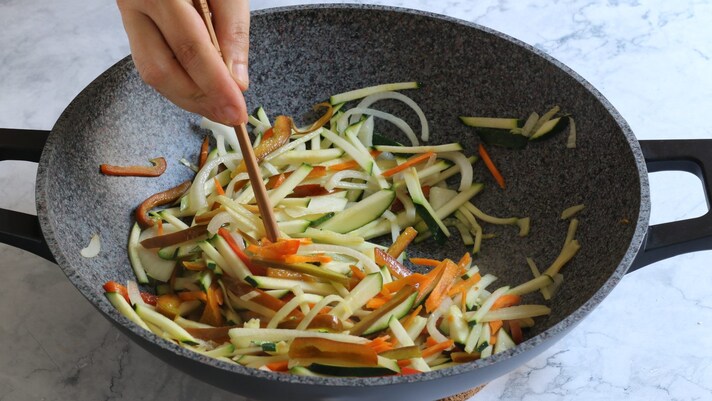
Add the other vegetables and stir over high heat.
Add the other vegetables and stir over high heat.
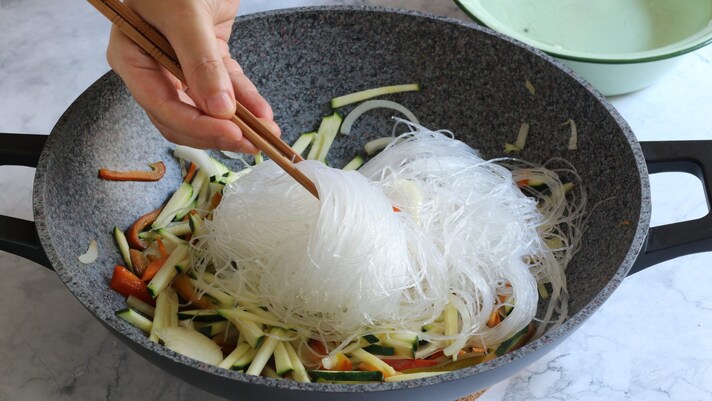
Drain the soy spaghetti from the soaking liquid and add them to the wok, always on a very hot flame.
Drain the soy spaghetti from the soaking liquid and add them to the wok, always on a very hot flame.
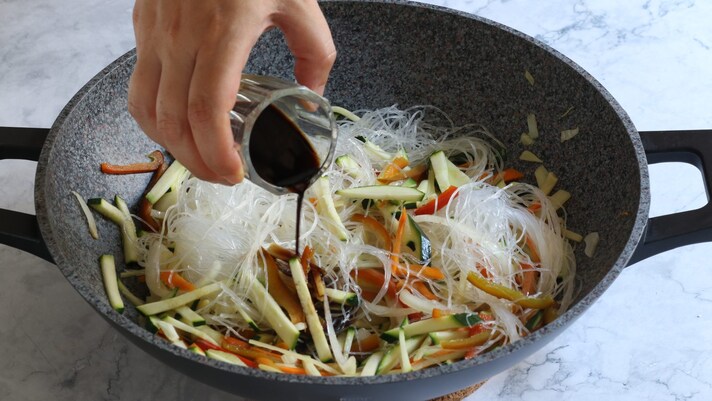
Add the soy sauce and cook stirring constantly.
Add the soy sauce and cook stirring constantly.
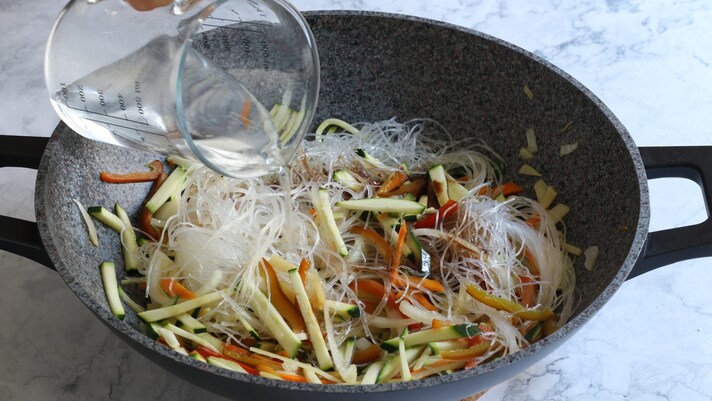
Finally add 200 ml of water and a pinch of fresh ginger. Cook for a few minutes, stirring constantly.
Finally add 200 ml of water and a pinch of fresh ginger. Cook for a few minutes, stirring constantly.
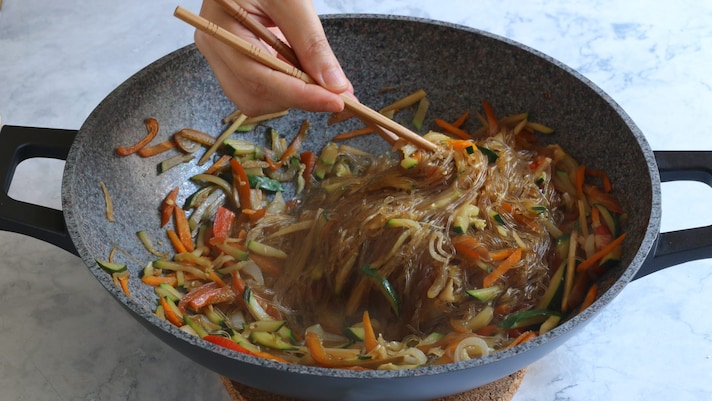
Finish cooking when the spaghetti has absorbed the liquids.
Finish cooking when the spaghetti has absorbed the liquids.

Enjoy while they're still piping hot!
Enjoy while they're still piping hot!
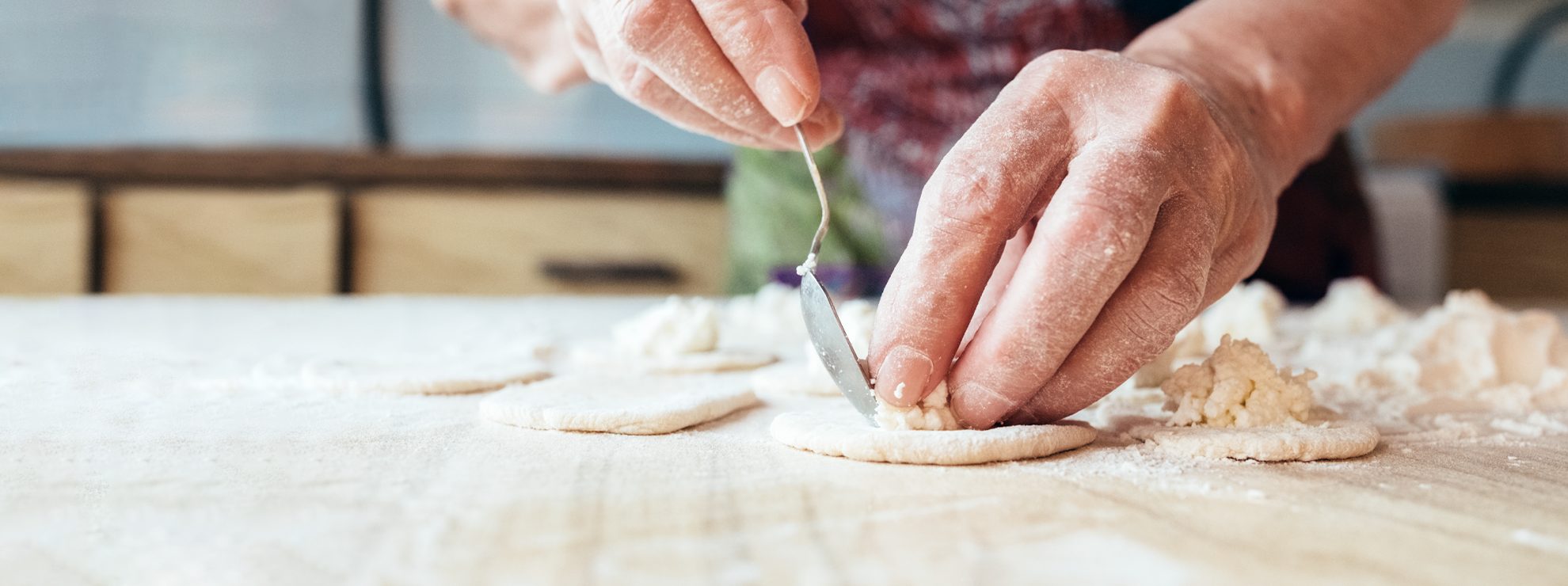;Resize,width=767;)
